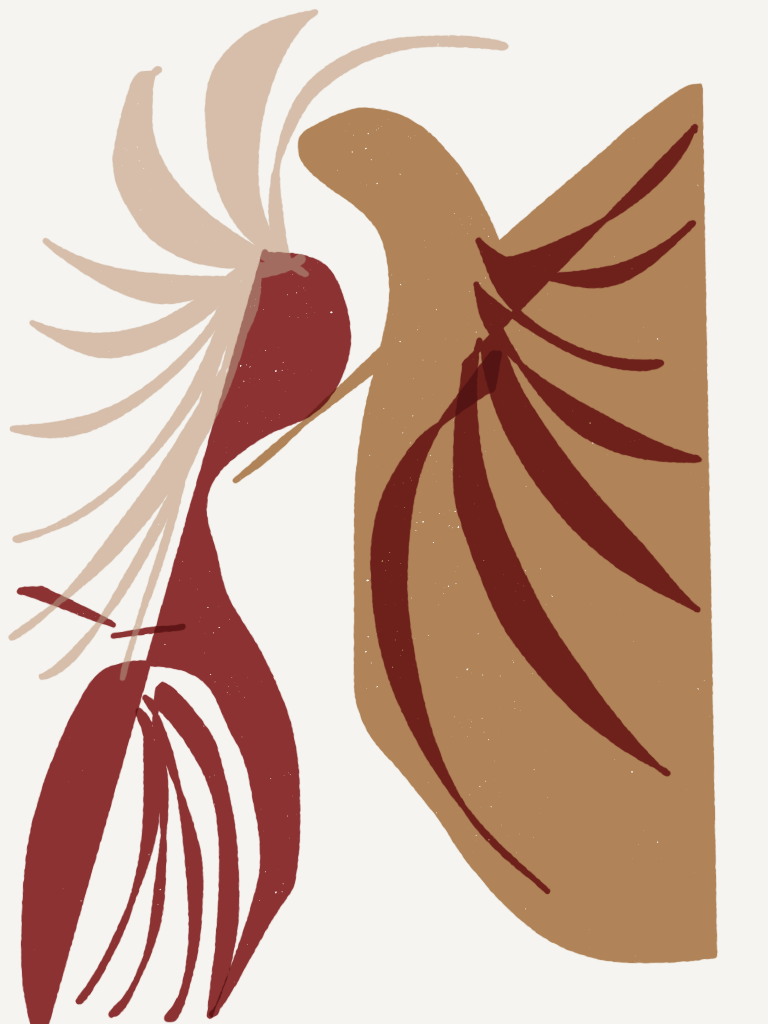Embers smoulder
Fire inside burns pillars of ego
Holding the sky of ambitions
Surrender, says the smoke
Surrender!!
#poem #poetry
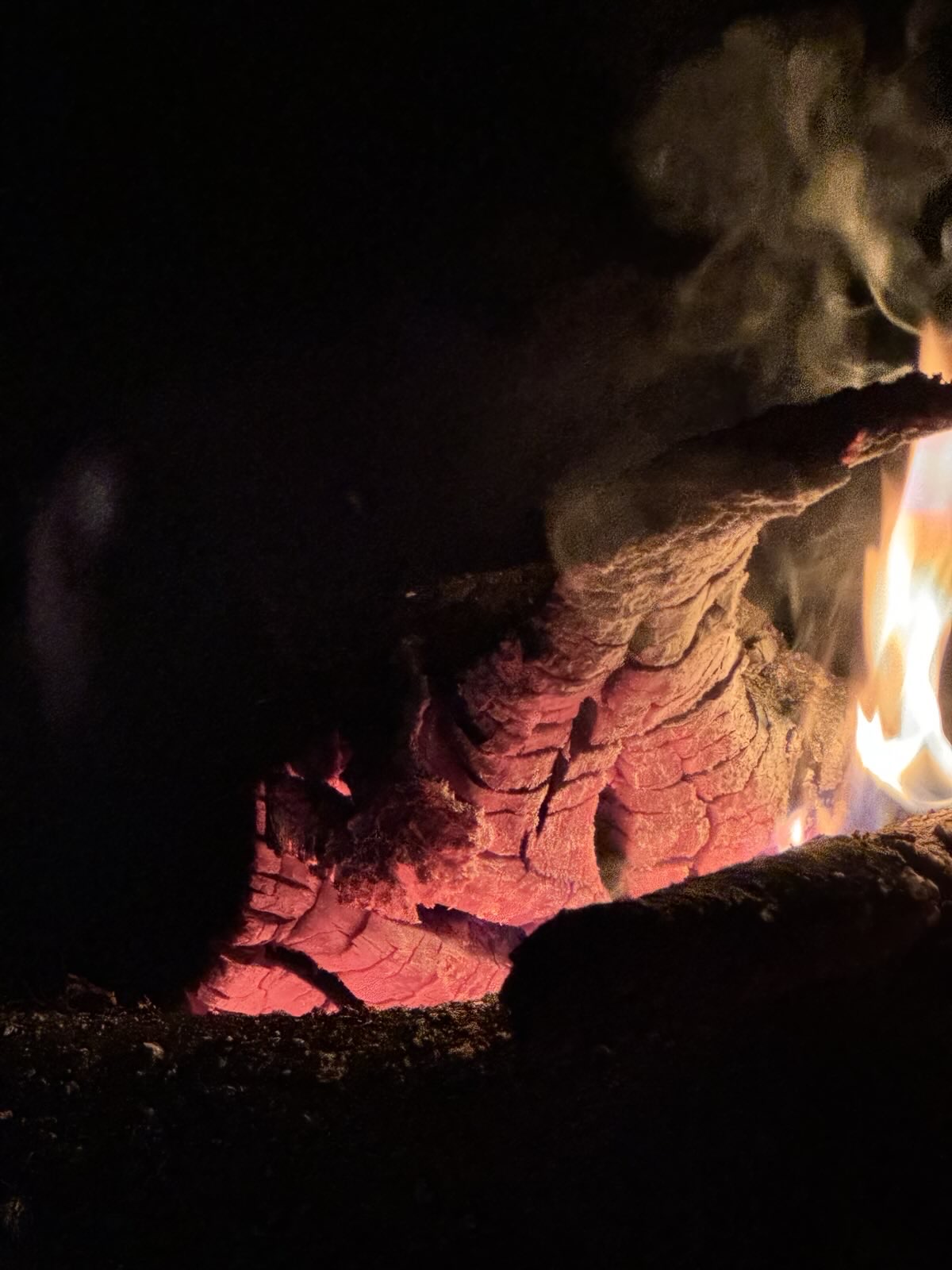
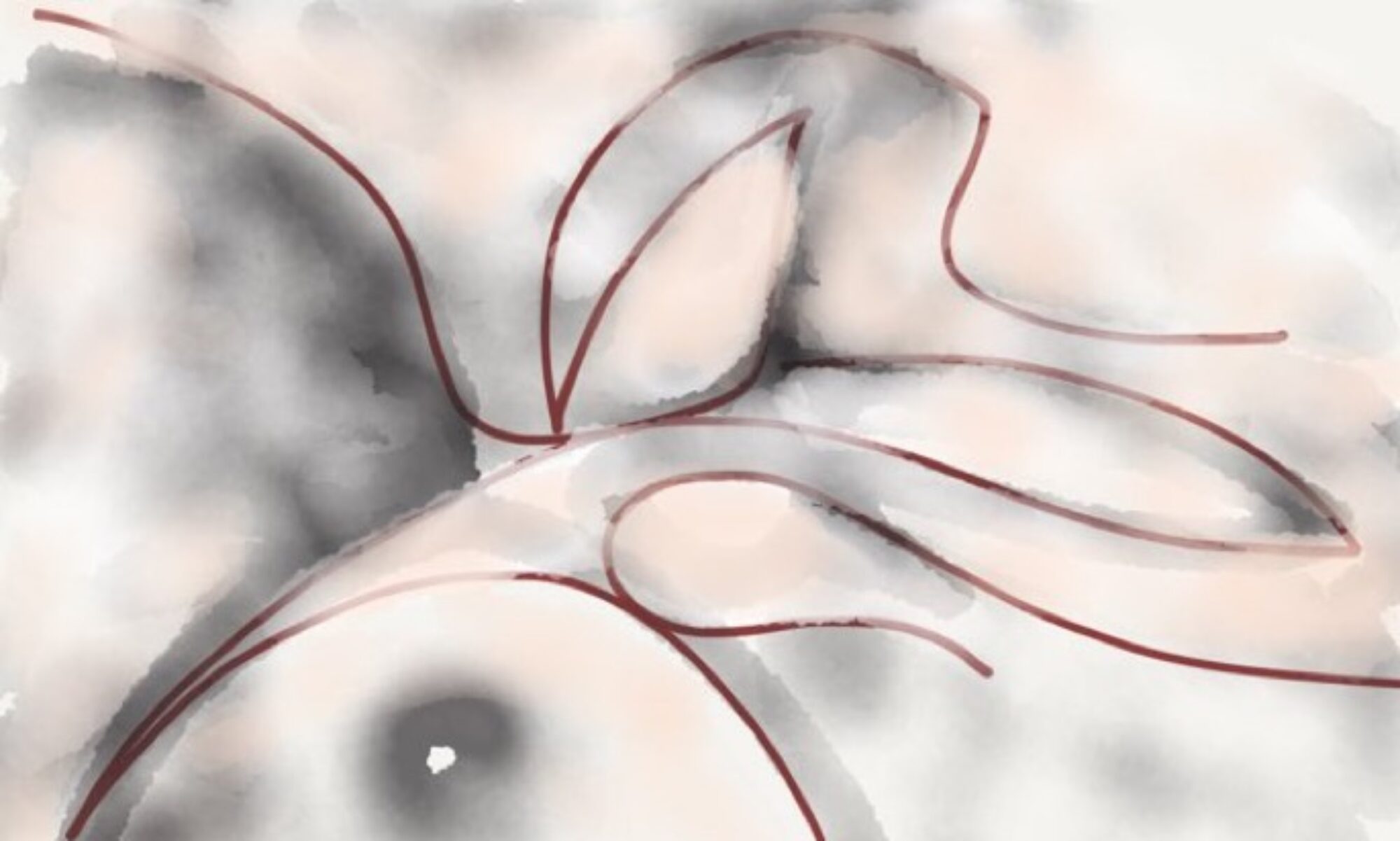
curiosity, concern, compassion and collaboration
Embers smoulder
Fire inside burns pillars of ego
Holding the sky of ambitions
Surrender, says the smoke
Surrender!!
#poem #poetry

<img src=”https://anilg.in/wp-content/uploads/2024/12/IMG_1896.jpeg” alt=”” width=”1200″ height=”1600″ class=”aligncenter size-full wp-image-5442″ /
Embers smoulder
Fire inside burns pillars of ego
Holding the sky of ambitions
Surrender, says the smoke
Surrender!!
#poem #poetry
When shore seems near
Seems near
May be it is far
Do I need to leave this
Just like this
Here
Now
May be not
This dilemma is the oar
With which I row the boat !!
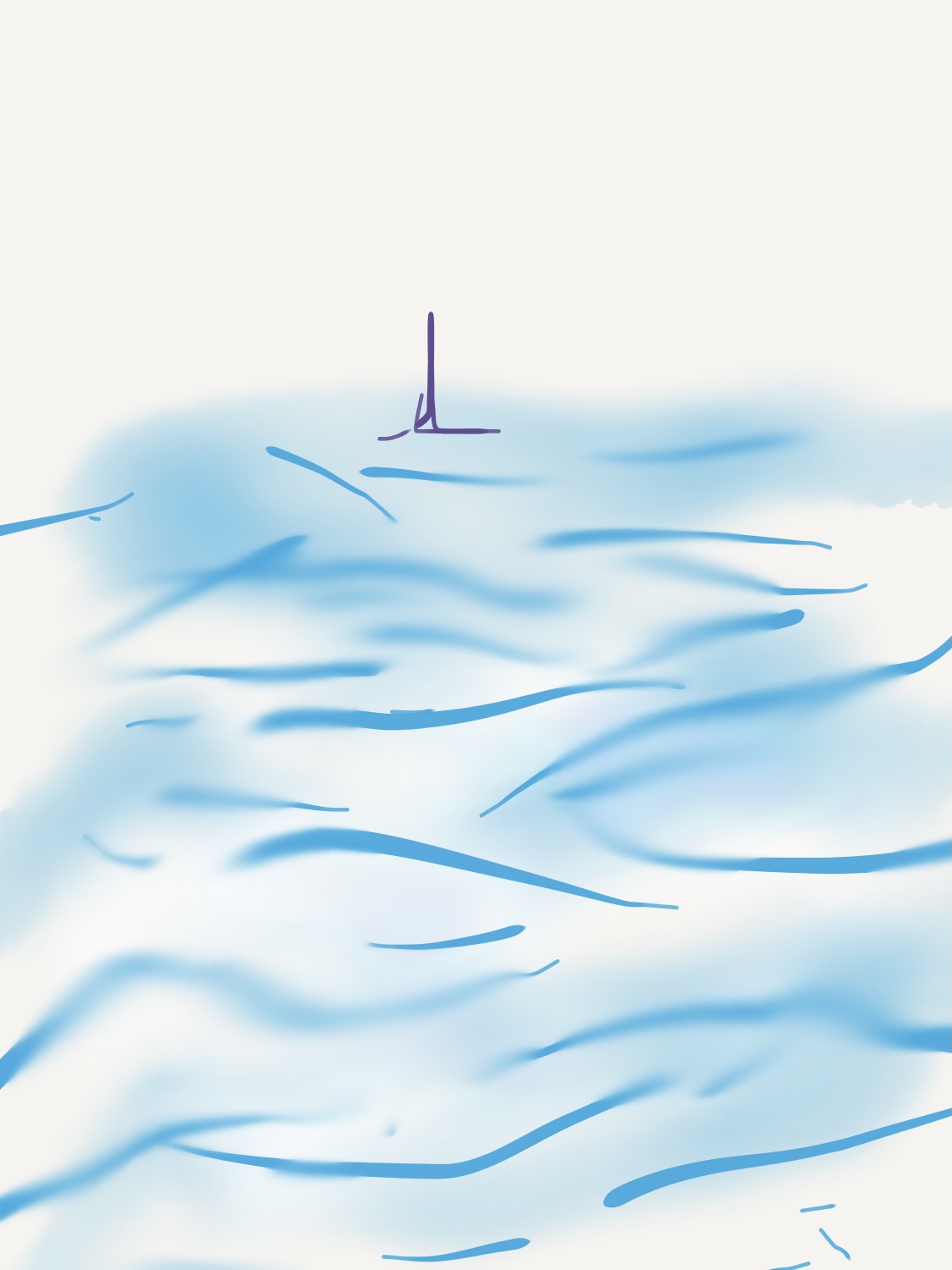
When morning sun rises
When your heart aches
The waves of lost dreams drown
All
The echoes of obsolescence
Of lost laughters
#poem
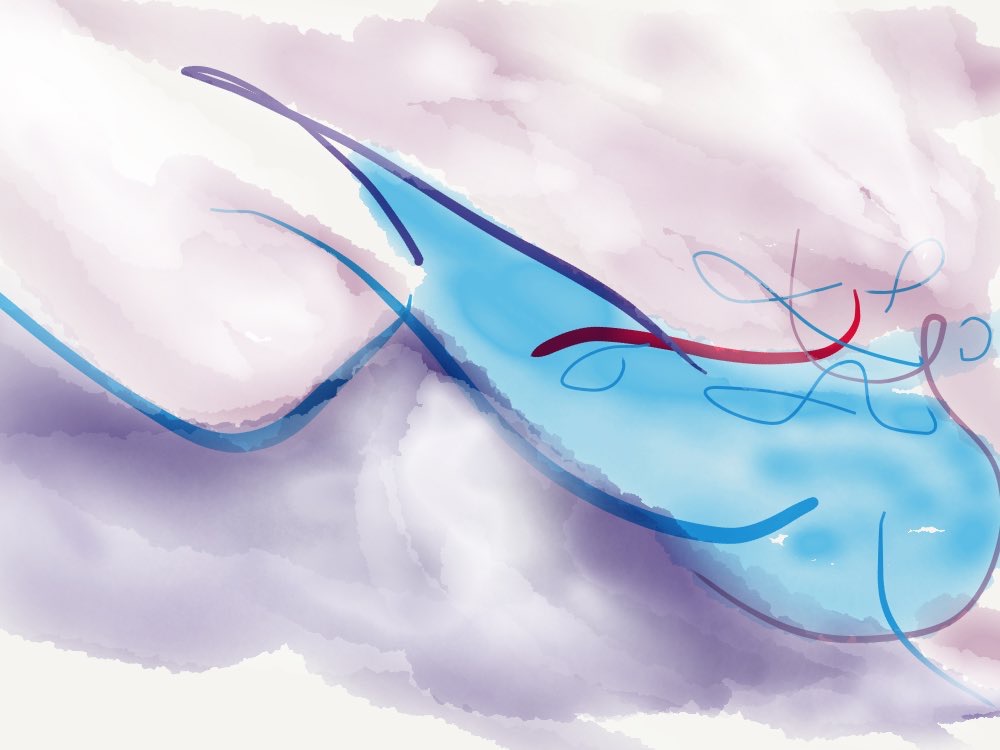

Silences are scattered
Like dried leaves
Will they decompose
Or rejuvenate through sprouts
Or be taken in a caravan
By the ants
To places unknown
you may accuse me of being irrational
true it is largely
but not all irrational acts are wasteful
this world would not exist
rationally
will it?
i am dismayed
by the wrinkles i see
on the curtains soaked in rain
the last night
but i am not disappointed
slowly wind will blow
and drapes will get stretched
it is possible
it may happened
that’s my hope
did i squeeze the lemon to hard
why is it so bitter
have not i let it grow smoothly
did i not water the tree when it needed to
may be i did not prune it
enough
may be
In the woods of Silence
Triangulation of all the Reflections
I see just now
Are complex
Not everything we see, Needs to be seen
Not everything that we hear, Needs to be heard
And of course, not everything we speak; needs to be spoken.
Yet, we see, we hear, and we speak
May be the time has come to take solace
In the woods of Silences.

stirrings in the lake
of placid shadows
meeting to hear
music of silences
i did perch on a tree
with expanded arms
but you flew away
may be saw the storm on the horizon
